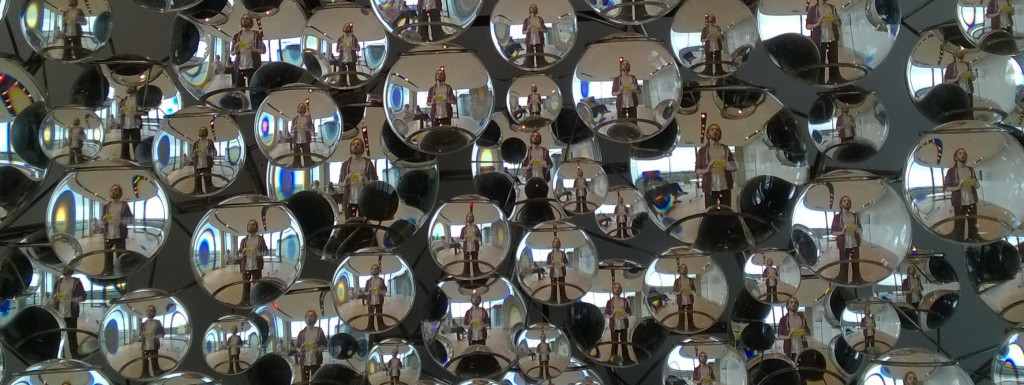About
Gabriele de Seta is, technically, a sociologist. He is a Researcher at the University of Bergen, where he leads the ALGOFOLK project (“Algorithmic folklore: The mutual shaping of vernacular creativity and automation”) funded by a Trond Mohn Foundation Starting Grant (2024-2028). Gabriele holds a PhD from the Hong Kong Polytechnic University and was a Postdoctoral Researcher at the Institute of Ethnology, Academia Sinica and at the University of Bergen, where he was part of the ERC-funded project “Machine Vision in Everyday Life”. His research work, grounded on qualitative and ethnographic methods, focuses on digital media practices, sociotechnical infrastructures and vernacular creativity in the Chinese-speaking world. He is also interested in experimental, creative and collaborative approaches to knowledge-production.

Since my PhD degree, I have done research about the internet in China: my main interest in this topic is internet use in everyday life, which includes digital media practices of linguistic creativity, fandom, self-presentation, socialization, citizenship, and remembrance. I have focused on trolling and other problematic practices, analyzing how they relate to broader ideas about civility and to urgent issues like islamophobia. I have also written about memes, including messaging app stickers and Pepe the Frog, arguing that they are a form of creativity which is both new and old. This has led me to explore the history of vernacular creativity and to engage with the concept of digital folklore, which I have tracked over three decades of Chinese internet development.
On the technical side of things, I have argued that apps are becoming infrastructure as they change how things circulate; my interest in China’s digital infrastructure ranges from the global geopolitics of computation to minute infrastructural gateways like QR codes. With some colleagues, I explored the implications of these changes for internet celebrity, identifying livestreaming as a new infrastructure of popularity. With others, I speculated that computational infrastructures can be conceptualized as megadungeons, in which digital depth becomes a key dimension. Following the global hype around artificial intelligence, I have charted the development of the Chinese AI industry, with a particular focus on machine vision, its historical genealogies, and how tech companies imagine it, while also examining how it leads to new genres of content like deepfakes and synthetic media.
On the more speculative side, I have argued that tropes about China and the future reproduce colonial temporal logics, and ignore the diversity and richness of sinofuturist imaginaries. Since my MA degree, I have also occasionally written about underground music, including experimental music in China, performance spaces in Hong Kong, extreme metal in Taiwan, the complex dynamics of noise music scenes, and the history of listening models. While researching all of this, I also enjoy thinking about methods, particularly ethnographic ones: I have thought about the dilemmas of digital ethnography, and the lies ethnographers often tell; I have articulated some strategies to study digital folklore ethnographically, and expanded this toolbox to include the analysis of synthetic media and the functioning of generative AI models.
More recently, I have developed the concept of algorithmic folklore, which brings together three key threads woven throughout my research career: automated systems, computational infrastructures, and vernacular creativity.
Paranomasia is a misspelling of παρονομασία (paronomasía), a Greek term meaning “play upon words which sound alike”, which is also a fitting description for most of my work.
Pingback: Heikeji 黑科技 [‘black technology’] - AI Now Institute